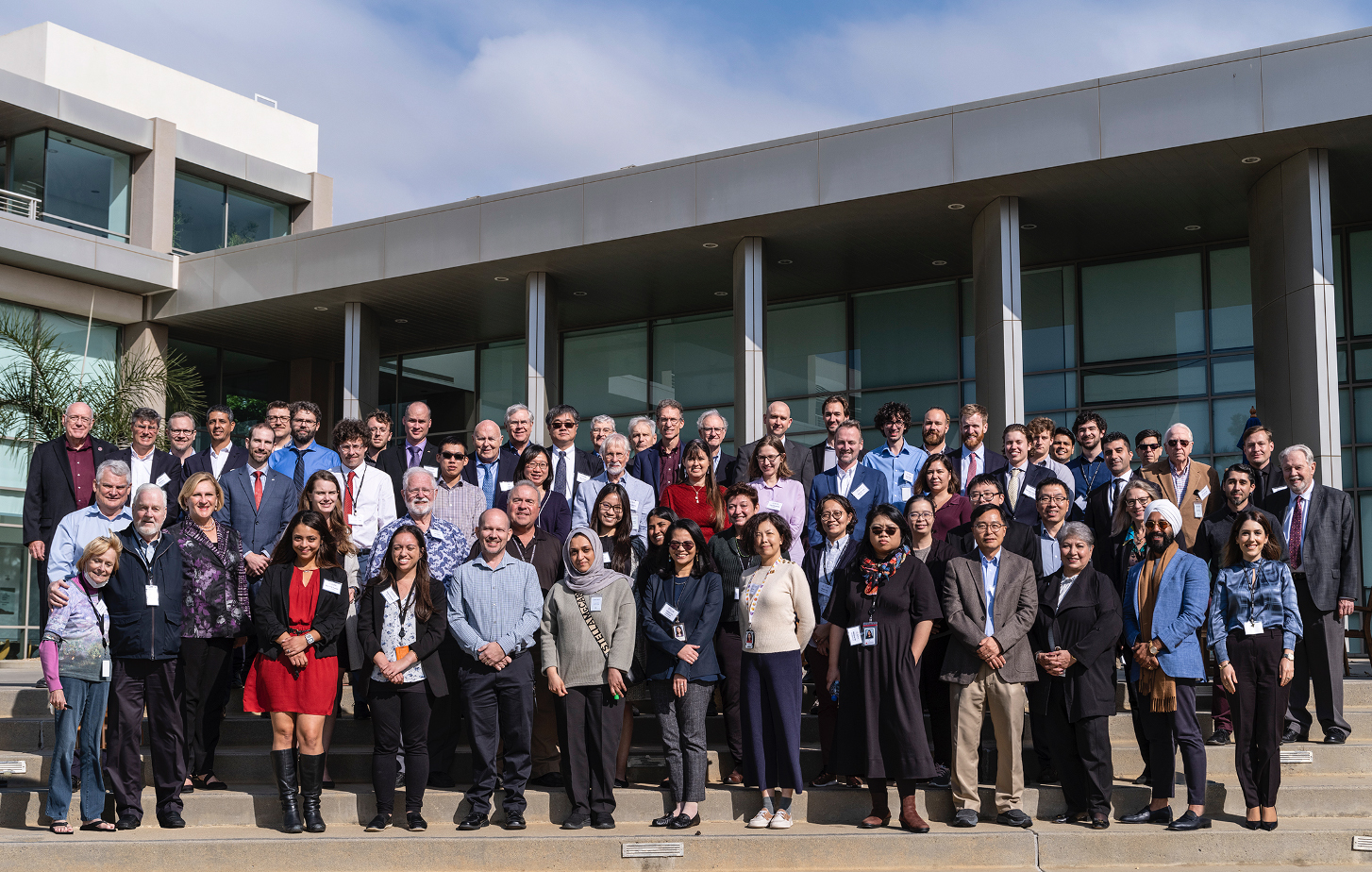
 |
|
| Home Top Stories Technology / Education Events & News Association Designs |
|
GIA Researchers Highlight New Discoveries 16th annual meeting held Nov. 1-3
“Extending the world’s knowledge of gemology is at the core of our important consumer protection mission,” said Susan Jacques, GIA President and CEO. “GIA is unique in having a talented team of remarkable scientific experts, world-renowned outside advisors and the advanced technology, scientific instrumentation and other resources to support such important work that yields concrete benefits for the public and the trade.” “GIA’s comprehensive research programs are fundamental to our work to ensure and preserve the public trust in gems and jewelry,” said Tom Moses, GIA executive vice president and chief laboratory and research officer. “That trust is threatened by the increasingly sophisticated treatments we see in our identification and grading laboratories. This is why we devote so much effort to advancing and sharing our research.” The 60-person GIA research team including more than 20 with advanced degrees, four members of the GIA Board of Governors, GIA executives and prominent independent research consultants presented and discussed the extensive research and discoveries that underpin the Institute’s education programs, laboratory services and instrument development. Presentations included using data science and machine learning to develop robust statistical methods for determining colored stone origin, new methods to identify laboratory-grown diamonds, detection of new treatments and advancements in developing a laboratory-based automated diamond grading system. GIA researchers have access to millions of diamonds, colored stones and pearls submitted to its laboratories each year for analysis, identification and grading. GIA was the first to develop the methodology to identify laboratory-grown diamonds when they first appeared in the market and continues to discover and identify diamond treatments that threaten the public’s trust in gems and jewelry. The Institute has an unrivaled collection of colored stone samples gathered by GIA field gemologists at origin sites around the world and protected by a robust chain of custody, which supports a comprehensive suite of colored stone origin services and identification reports. GIA’s unique post-doctoral fellowship program offers early career scientists the opportunity to pursue full-time academic research in mineralogy, geology, physics, materials science and other fields related to gemology and GIA’s mission.  Attendees of the 16th annual GIA research conference,
|